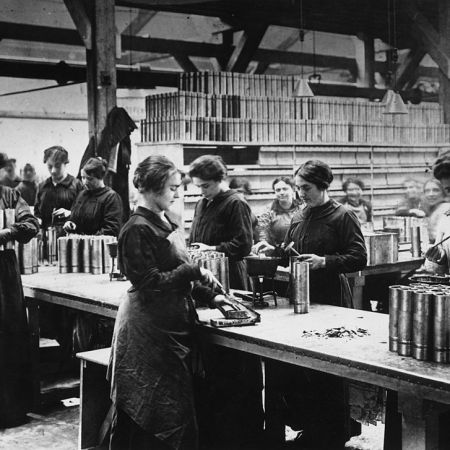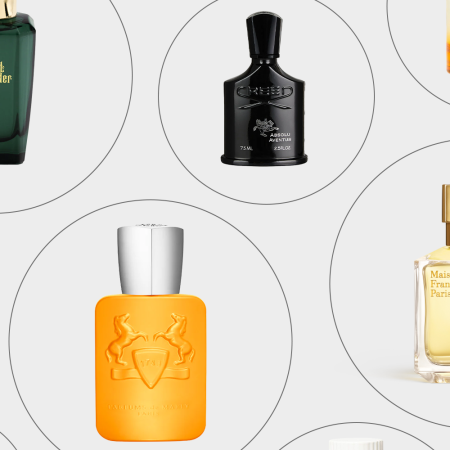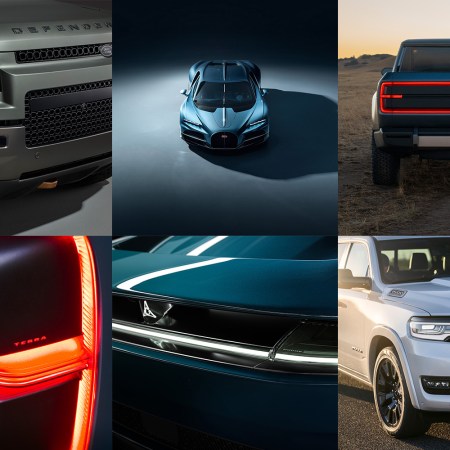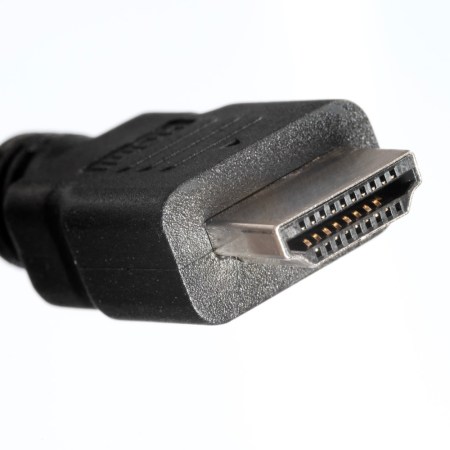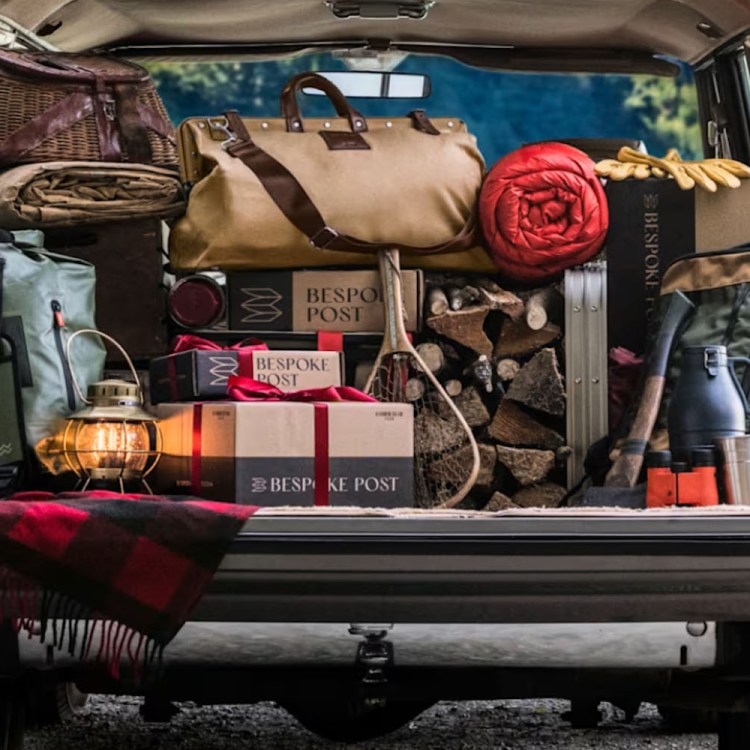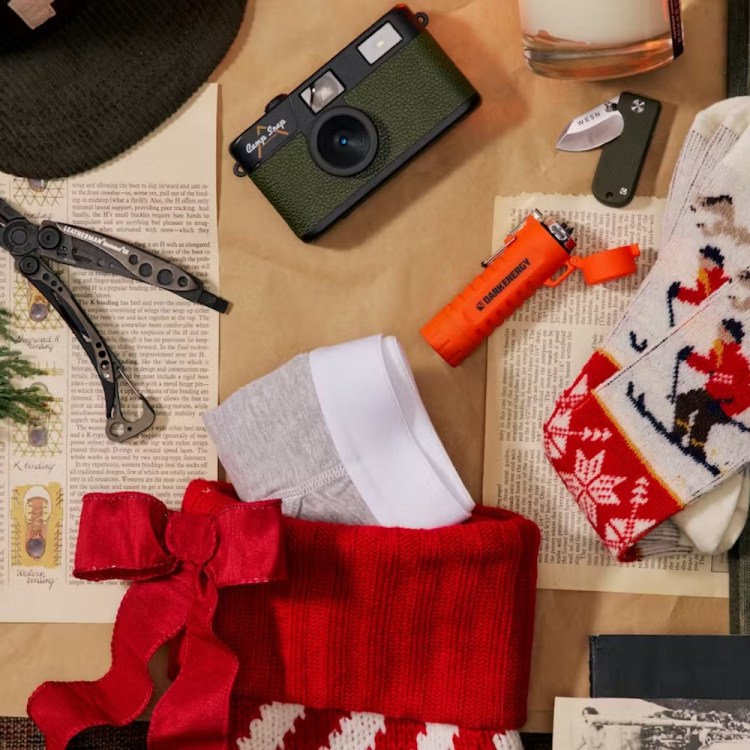Nota bene: All products in this article are independently selected and vetted by InsideHook editors. If you buy something, we may earn an affiliate commission.
This is part of InsideHook’s list of The 100 Best American-Made Products, a celebration of the gear, clothes and goods that make up our lives, and are the life’s work of our fellow Americans.
When Mark Ferguson started Brant & Cochran in 2015, his goal was to “bring axe-making back to the state of Maine.” He and his founding partners, including Steve Ferguson (his brother) and Barry Worthing, were certainly not lacking in ambition, but after starting the business by restoring axes, they eventually had to figure out how exactly they were going to accomplish that monumental feat. How do you restart an American craft enterprise after it’s been decimated by mass production, imported materials and offshoring? To get some answers, they threw a pizza party.
“We got all these blacksmiths together in Portland that we knew in town — none of them really made axes, but bladesmiths, those kinds of people — bought a bunch of pizza, a bunch of beer, and we did this big presentation. We’re thinking, this is great,” recounts Mark, the president of Brant & Cochran. “But to a man, they all said, ‘You’re never gonna be able to do any of that.’ And we’re like, what? We just bought you beer!”
The main problems, these supposed experts detailed, were threefold: First, the machines Mark and his team would need for axe production weren’t available; second, no American steel distributor who could offer consistent quality metal would work with them on that small of a scale; and third, they probably wouldn’t be able to find the craftspeople to do the work, since none of the founders were axe makers themselves.
Three years after Brant & Cochran was founded, the doubters were proved wrong on all accounts when the company released the Allagash Cruiser, a unique style of axe called a Maine wedge, which was made with machines that were designed for them in Indiana, from American steel provided by a distributor in Cleveland and by a meticulous group of blacksmiths, hafters and axe artisans.

Brant & Cochran didn’t just bring axe-making back to the state with this gorgeous workhorse of a tool, they brought back a mindset that champions the people who pour their blood, sweat and tears into the production. “And I’ve seen all three of those on the floor of the shop,” Mark says in a no-nonsense tone.
“We’re trying to make axes that you’re going to pass down to your grandkids. On one level, we say we’ve got the dumbest business plan of all time, which is we’re only going to sell you one thing and then you’re never going to buy anything from us again,” he adds. “We stamp the year it was made, and we also stamp the initial of the blacksmith who made it, just like Emerson & Stevens did back in the 1920s. What we’re hoping is that, 100 years from now, someone goes, ‘I got this Brant & Cochran axe. Look man, it was made in 2020 and Keegan Whitford was the blacksmith that made this. Isn’t that awesome?’”
For all its 100% American bonafides and compelling historical touchpoints, the fact remains that the Allagash Cruiser is an expensive tool that’s anywhere from two to 10 times as expensive as a wood chopper you’ll find at your local hardware store or big box retailer. So how can Mark square that to someone who doesn’t know the bit from the poll?
He thinks most people can generally tell a good axe from a bad axe if they simply take a second to look — “Just go to Home Depot or Lowe’s, grab an axe, hold it out straight-armed in front of you and you’ll see they’ll be tilted and backwards and crazy” — and he also believes we as a society are doing a U-turn on cheap, disposable junk and thinking harder about where we spend our hard-earned dollars.
“People are like, if I’m going to spend that much, if I’m going to buy stuff now in a tough economy, I want to spend my money on something that’s going last,” he says, describing the mindset of many Brant & Cochran customers. “Something where, when I hand that money over, I’m giving it to people who I respect what they’re doing and I want to be part of that. I don’t see that going away. I don’t think it’s a fad.”
We've put in the work researching, reviewing and rounding up all the shirts, jackets, shoes and accessories you'll need this season, whether it's for yourself or for gifting purposes. Sign up here for weekly style inspo direct to your inbox.


